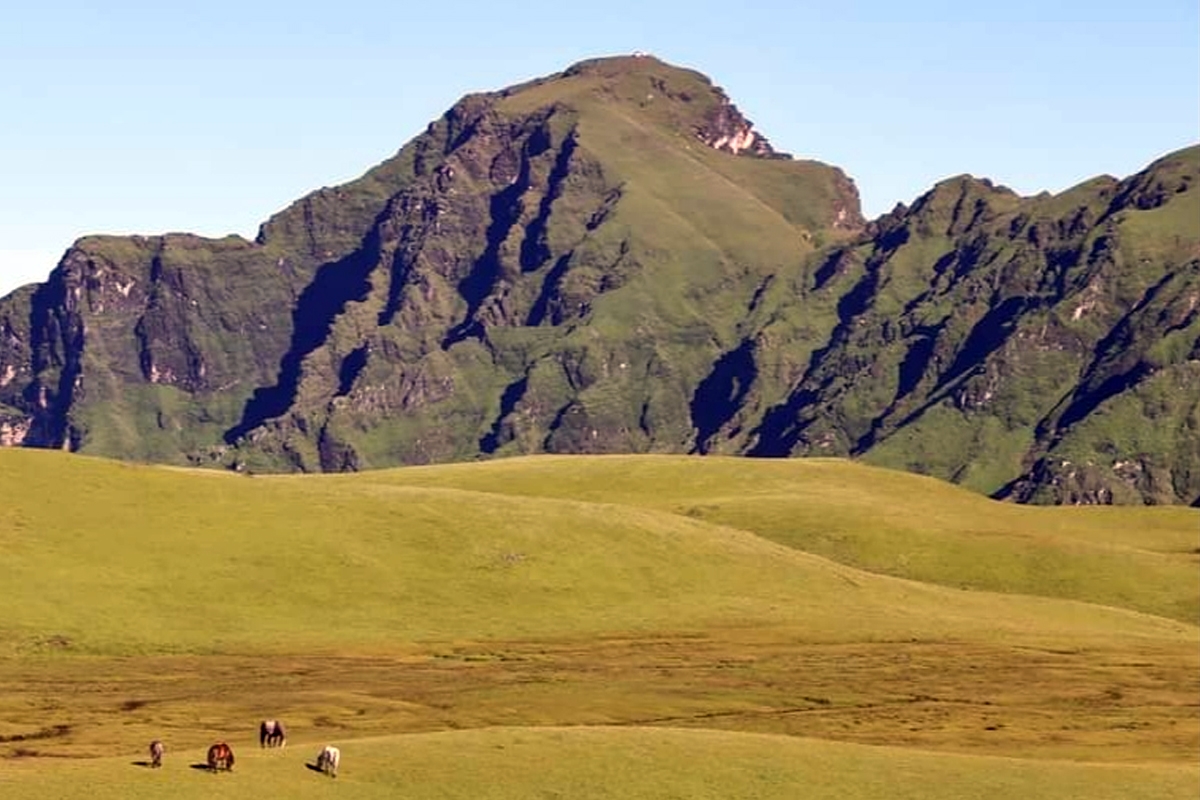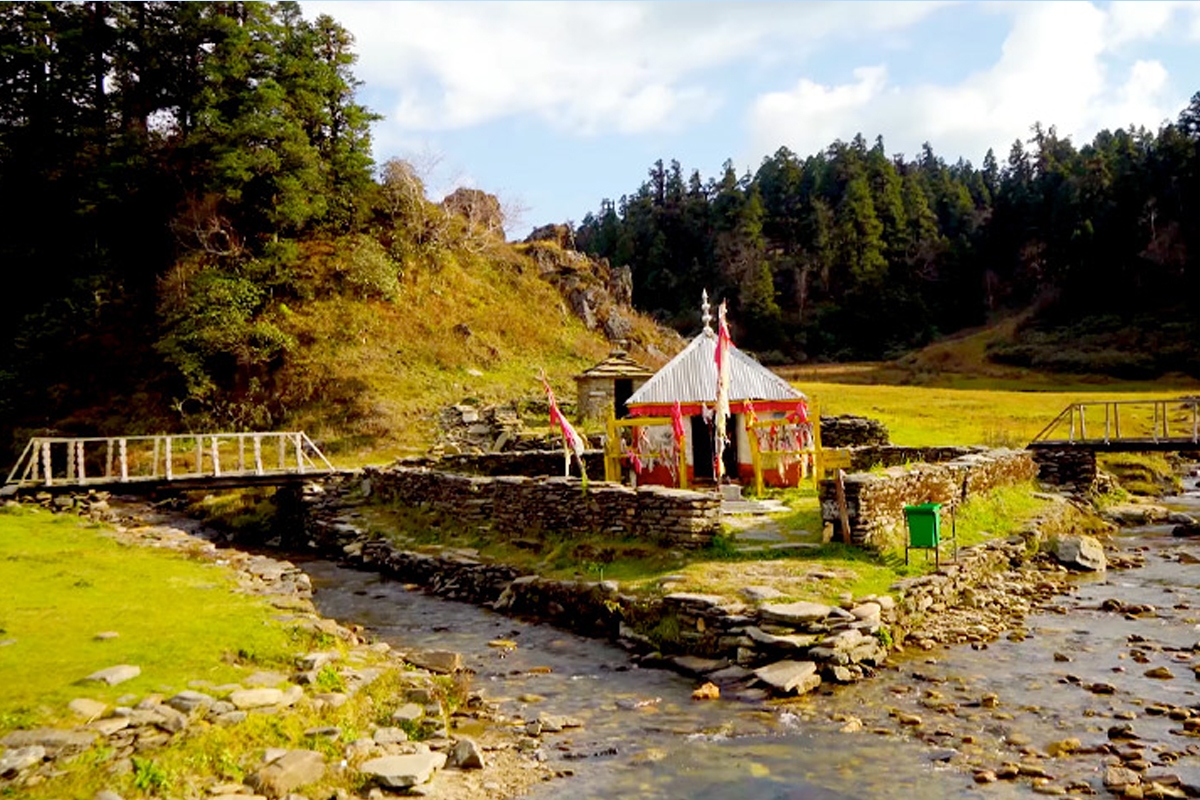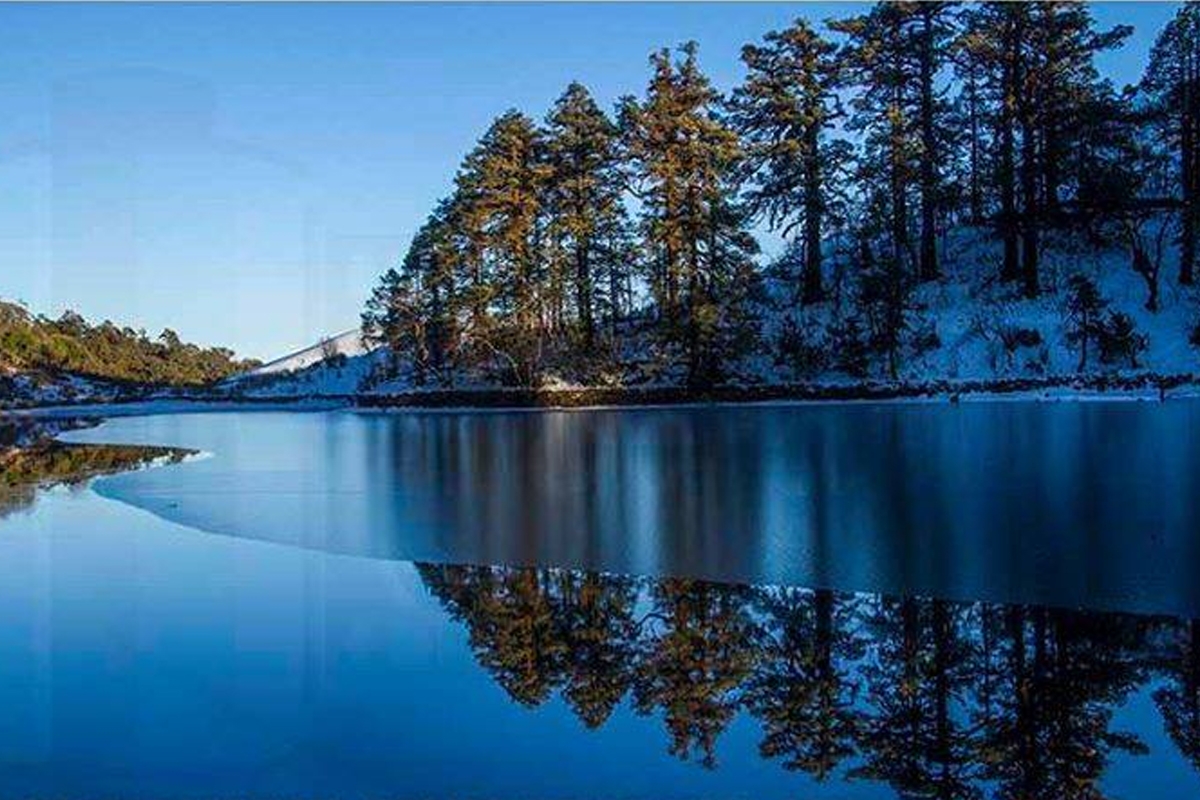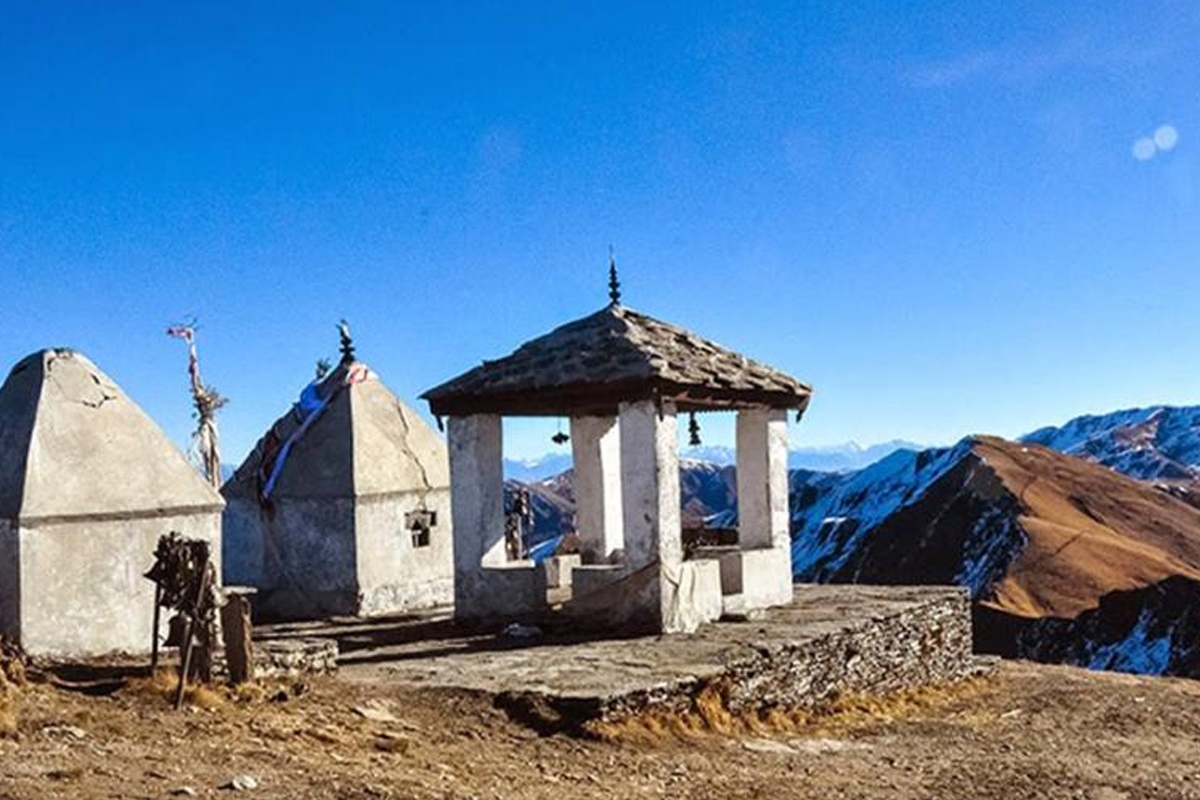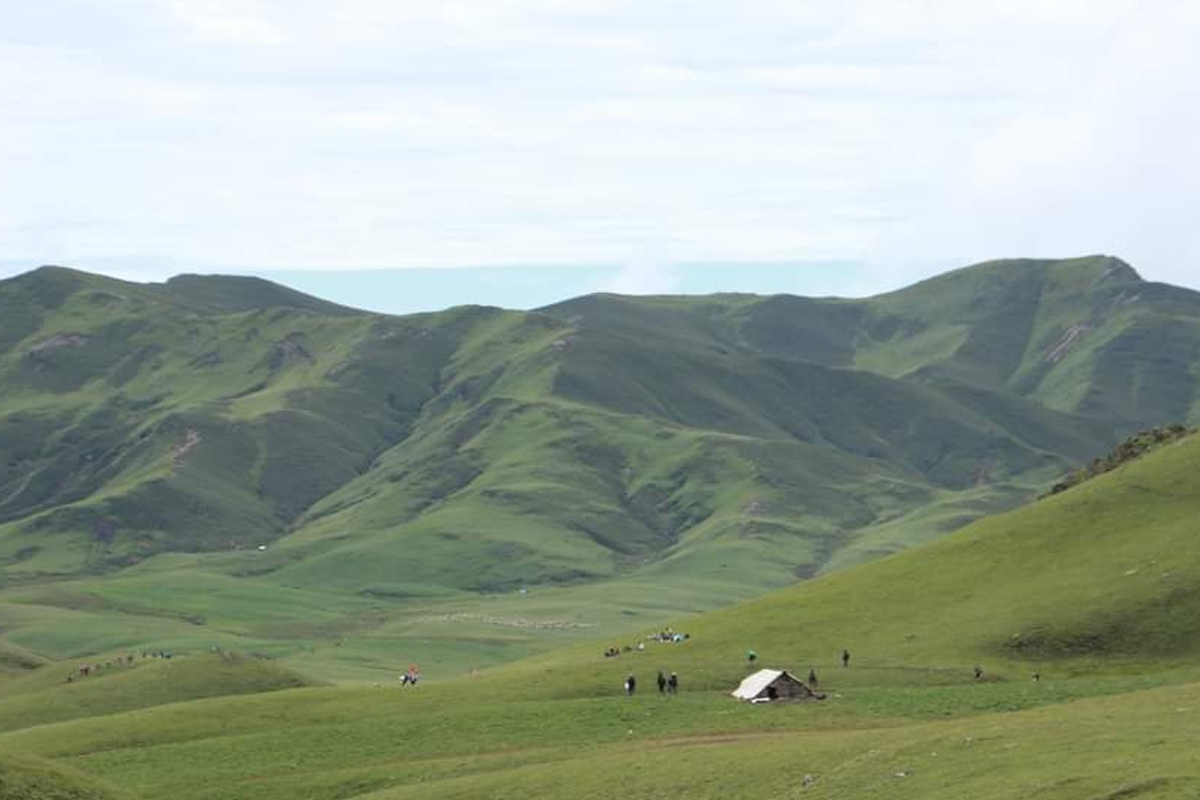If you’re interested in both religious pilgrimage and off-the-beaten-path trekking, a trip to Tribeni Patan and Badimalika offers a unique blend of spiritual and natural beauty moreover Khaptad National Park is one of Nepal's most pristine and lesser-explored national parks, located in the far western region of the country. Spread across four districts—Bajura, Doti, Achham, and Bajhang in far western region of Nepal.
Tribeni Patan:
The name “Tribeni” refers to the confluence of three rivers, which is considered highly sacred in Hindu tradition. Pilgrims come to perform rituals like bathing in the river and offering prayers to cleanse their sins. It’s believed that the rivers’ waters possess purifying powers, and performing rituals here ensures good fortune and spiritual merit while the "Patan" means rolling meadows and pastureland, it has green grasslands with small wetlands. Small shrubs, herbs, wildflowers, and grasses decorate the area that sprays the fragrance of nature. Not only that, but it also offers some magnificent views of the mountains like Api and Saipal.
Badimalika:
The “Badimalika” temple is one of the most revered shrines in the area, located at an altitude of around 4,200 meters. Dedicated to Goddess Malika, a manifestation of Goddess Bhagwati, it is an important pilgrimage destination, particularly during the “Janai Purnima” festival. According to legend, this is the site where the Goddess Malika decapitated the demon, Mahishasura, ending his tyranny. The temple’s rituals are closely tied to the local customs and indigenous cultural practices of the region.
Khaptad National Park:
Khaptad National Park is one of Nepal's most pristine and lesser-explored national parks, located in the far western region of the Nepal. The park is named after the famous “Khaptad Baba” a revered saint who meditated and lived in this area for many years. Established in 1984, the park covers an area of 225 square kilometers and is situated at an elevation ranging from 1,400 meters to 3,300 meters.
Highlights of this Trek
Khaptad Baba Ashram - Khaptad Baba, a hermit and holy man, made this region his meditation retreat. His ashram, situated within the Khaptad national park, is a key pilgrimage site for visitors seeking spiritual solace. Khaptad Baba lived in the area for 50 years and advocated for simple living, meditation, and environmental conservation and his followers continue to visit the place in search of spiritual peace.
Exploration of Cultural and Natural Beauty - This trek is known for its undisturbed natural beauty, characterized by rolling meadows (locally known as “Patans”), The natural beauty of the region is captivating, with panoramic views of the Himalayan ranges, vast grasslands, alpine forests, and wildlife, including birds, yaks, and mountain goats. The Khaptad national park is part of the “Siwalik” range, which provides a diverse range of ecosystems, from subtropical forests to temperate and alpine meadows. Aside from the religious aspects, this trek offers a rich cultural experience. The local communities are primarily from ethnic groups like the Brahmin, Thakuri and Chhetri, who still follow traditional farming practices and celebrate indigenous festivals.
Khaptad Daha (Lake) and Rivers - Several rivers and small lakes are found within the national park, adding to its scenic charm. The “Khaptad Daha” (Khaptad Lake) is a significant feature and attracts both tourists and pilgrims.

